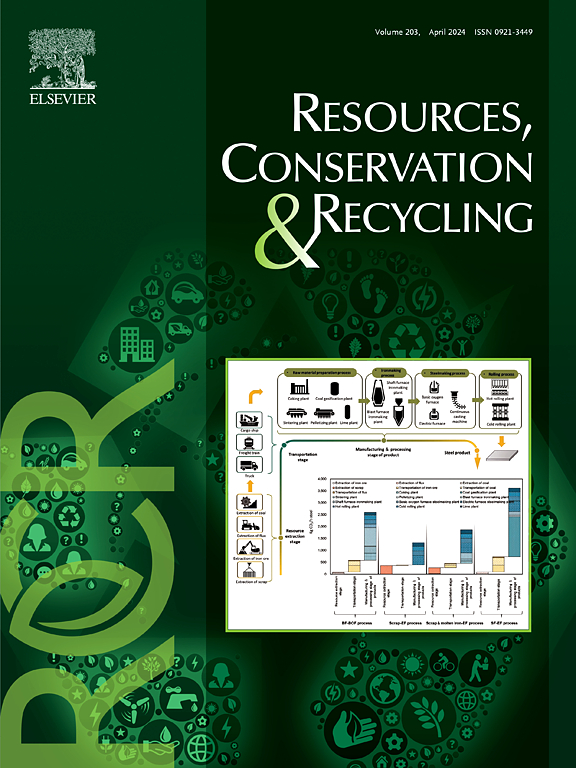Canadian oil sands industry GHG emissions intensity and mitigation potential of some key emerging technologies towards fulfilling its 2050 net-zero commitment
IF 11.2
1区 环境科学与生态学
Q1 ENGINEERING, ENVIRONMENTAL
引用次数: 0
Abstract
Oil sands industry have pledged to make its onsite operations carbon neutral by 2050. First, the status of oil sands’ well-to-wheel GHG emissions of transportation fuels was evaluated by covering ∼75 % of bitumen production in 2018/2019 using open-source bottom-up life-cycle assessment tools, public/commercial data, and by unprecedented engagement of 11 oil sands stakeholders, and provincial/national research agencies. Next, several emerging oil sands technologies and their GHG emissions mitigation potential are explored, with extractive emerging technologies to lower upstream GHG intensities from 78 to 57 kgCO2eq/bbl while new upgrading technologies lower by an additional 20 kgCO2eq/bbl. The innovative technologies and other advancements (e.g., electricity co-generation, CCS) contributions on annual GHG emissions until 2050 are quantified and broader implications are discussed. The estimated cumulative emissions reduction capacity across the industry until 2050 is ∼700 MMt CO2eq (16 % reduction) relative to a business-as-usual scenario which is far from the industry 2050 commitment.

求助全文
约1分钟内获得全文
求助全文
来源期刊

Resources Conservation and Recycling
环境科学-工程:环境
CiteScore
22.90
自引率
6.10%
发文量
625
审稿时长
23 days
期刊介绍:
The journal Resources, Conservation & Recycling welcomes contributions from research, which consider sustainable management and conservation of resources. The journal prioritizes understanding the transformation processes crucial for transitioning toward more sustainable production and consumption systems. It highlights technological, economic, institutional, and policy aspects related to specific resource management practices such as conservation, recycling, and resource substitution, as well as broader strategies like improving resource productivity and restructuring production and consumption patterns.
Contributions may address regional, national, or international scales and can range from individual resources or technologies to entire sectors or systems. Authors are encouraged to explore scientific and methodological issues alongside practical, environmental, and economic implications. However, manuscripts focusing solely on laboratory experiments without discussing their broader implications will not be considered for publication in the journal.
 求助内容:
求助内容: 应助结果提醒方式:
应助结果提醒方式:


